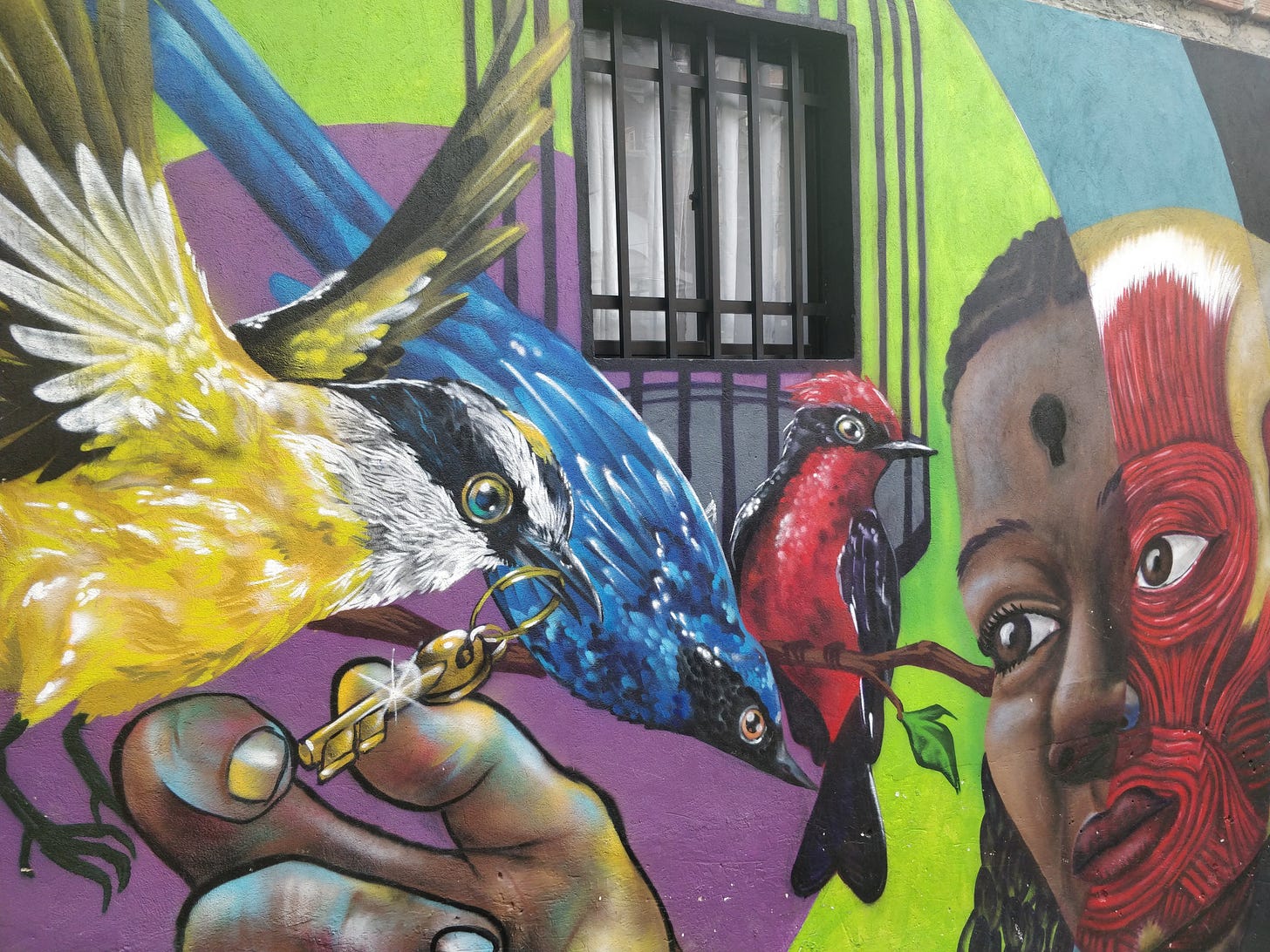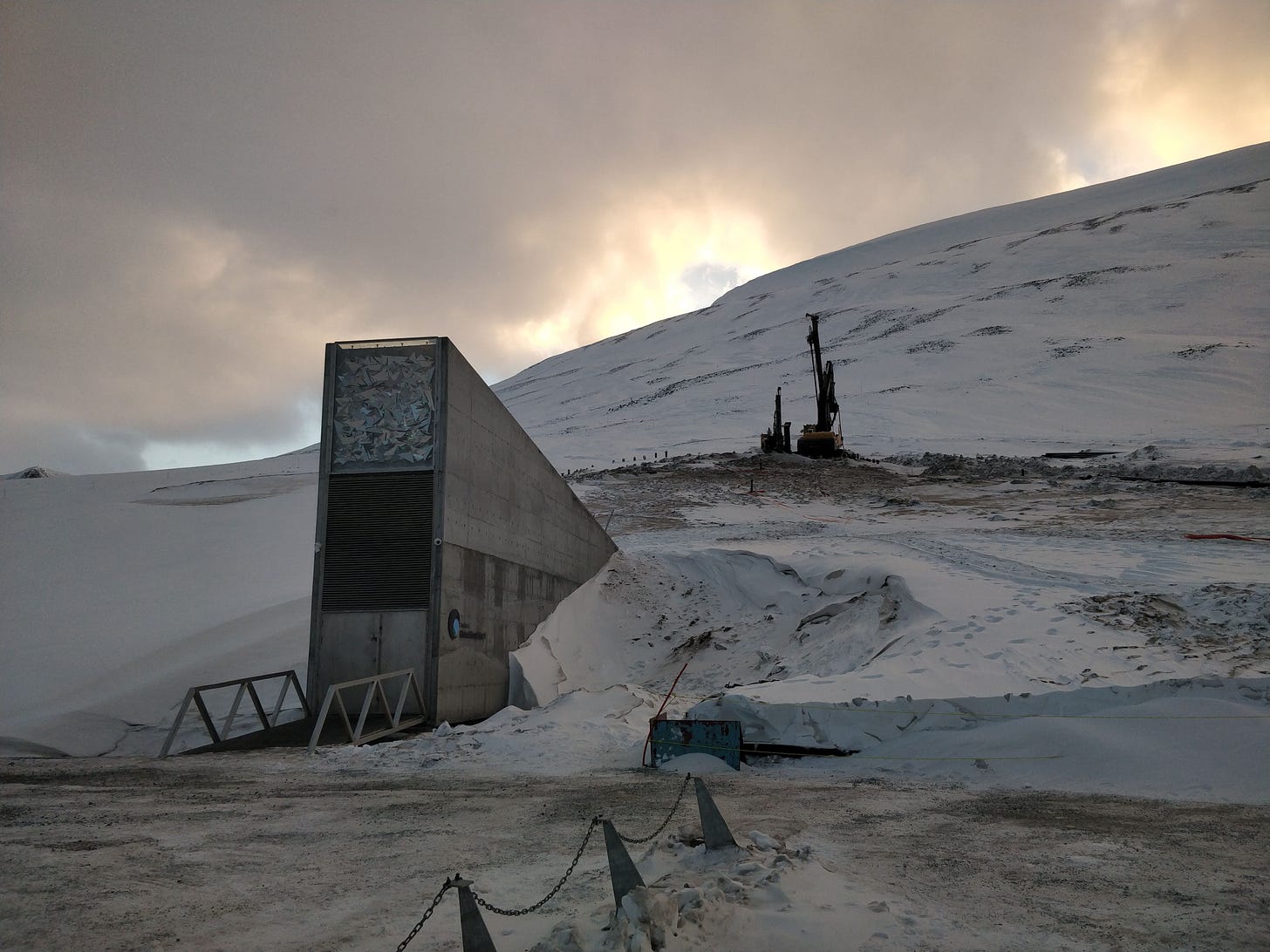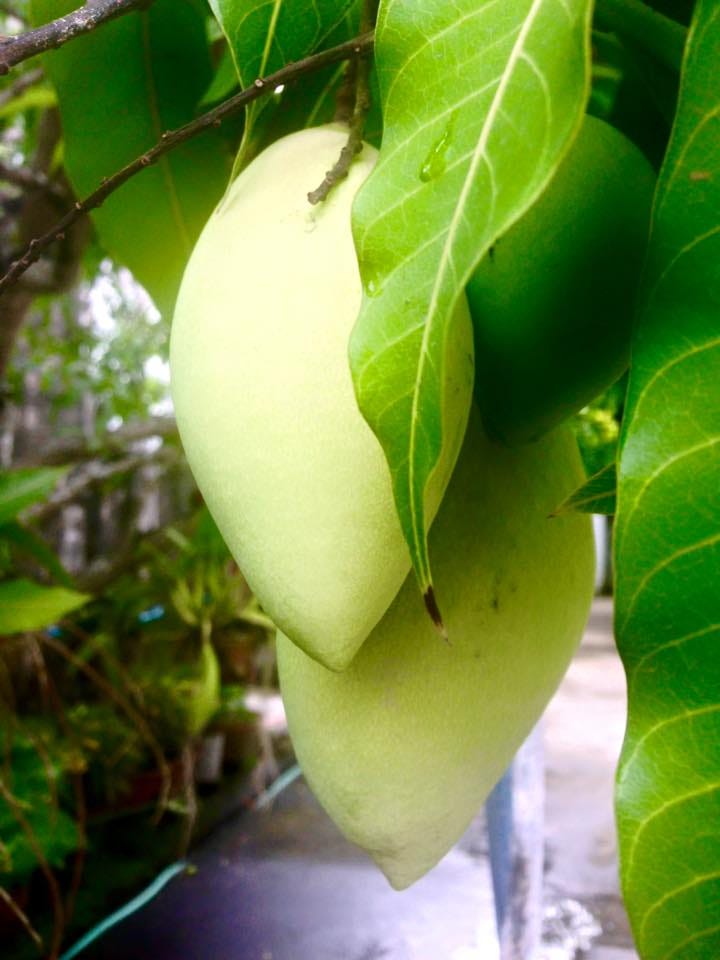It’s a wild world
A newsletter about food systems, climate change and everything connected to them
Sorry for the delay in sending this. It’s been a crazy week. But here goes!
Vanilla, Avocado, Chili Peppers to go the way of the Do-Do?
Over 70 wild relatives of some of the world’s most important crops such as chilli pepper, maize, avocado, cotton, potato, and vanilla are threatened with extinction, according to a new study launched this week.
Published in Plants, People, Planet and co-authored by researchers from multiple institutions including the IUCN (International Union for Conservation of Nature), the paper assessed the extinction risk of 224 wild relatives of key food crops in Mesoamerica, an area that includes central and southern Mexico, Guatemala, El Salvador and Honduras.
It is also a place of global significance for crop origin and domestication - 8% of the world's most important crops were domesticated in the region around 10,000 to 5000 years ago, according to experts.
The authors found 35% of the wild species they looked at are threatened with extinction, mainly because of land conversion from wild habitats into farmland by humans, combined with the shift from traditional agricultural systems to mechanisation and widespread use of herbicides and pesticides.
“Invasive species and pests, contamination from genetically-modified crops, over-collection and logging pose further threats,” it said.
The wild plant groups at highest risk of extinction are Vanilla, followed by cotton and avocado. There are also species of maize, bean, chili peppers, potato, husk tomato and squash that face extinction.
Why should we care? Because unlike domestic crops, which receive dedicated care in the form of fertilisers and pesticides, their wild relatives are hardy and able to adapt to changing conditions and their disappearance could threaten the development of crops that are more resilient to climate change, extreme weather and other threats, according to scientists.
According to researchers, at least 16 wild relatives of crops included in this study have already been used to breed more resilient crops - such as squashes that can withstand cold, maize capable of producing higher yields and potatoes resistant to drought as well as to late blight disease, which historically devastated potato crops in Europe.
Mesoamerica has lost more than 80% of its native vegetation due to intensified agriculture in the last decades, with a recent tendency to convert diverse, traditional and smallholder agroecosystems to agro-industrial systems dependent on inorganic fertilisers, pesticides and fungicides and mechanisation, the paper said.
What can be done? Well, they should urgently be conserved ex-situ (like in gene banks) as well as in-situ (protecting them in the places in which they grow) and perhaps they can learn from the ancient Mayans, who expanded and intensified agricultural production to sustain very large populations without any decrease in biodiversity because their systems were more diverse and sustainable, it added.
While this study looked at wild relatives from the Americas I’ve also written about how wild chickpeas - found only in southeastern Turkey near the border with war-torn Syria - could be the saviour to one of our favourite and nutrient-dense staples which is coming under threat from climate impacts such as higher temperatures, drought and pests.
Here’s a piece on how wild rice growing in northern Australia’s crocodile-infested waters could hold the key to breeding a more nutritious grain that is drought and pest resistant, according to scientists who have mapped its genetic family tree.
Shapeshifting Animals
Climate change is causing some “warm-blooded” animals to change shapes, causing them to have larger beaks, legs, and ears to better regulate their body temperatures as the planet gets hotter, according to a bird researcher from Australia’s Deakin University.
Birds in particular have shown this change, with several species of Australian parrot increasing their bill size by 4% to 10% on average since 1871, as a result of higher summer temperatures, while other researchers have reported tail length increases in wood mice and tail and leg size increases in masked shrews.
The next step for the researcher, Sara Ryding, is to investigate shapeshifting in Australian birds firsthand by 3D scanning museum bird specimens from the past 100 years, which will give her team a better understanding of which birds are changing appendage size due to climate change and why.
“The increases in appendage size we see so far are quite small - less than 10% - so the changes are unlikely to be immediately noticeable,” Ryding said in a statement.
“However, prominent appendages such as ears are predicted to increase—so we might end up with a live-action Dumbo in the not-so-distant future.”
The full paper is here but it is pretty technical so you might prefer to read the NPR story on this instead.
WhatsApp Mangoes
What else is wild? This story by Ahmed Ali Akbar about the lengths Pakistani Americans will go to to get their hands on their favourite fruit - mangoes. But not just any mangoes - apparently “the world’s greatest mangoes” come from Pakistan.
It is beautifully written and thoroughly researched and touches on everything from mango diplomacy to the global food supply chain. As someone who had mango trees in our garden when we were growing up, I’m used to eating different varieties and in different ways.
Raw while small and still green, together with the spicy fermented fish paste dip, shredded into thin slices and turned into a sour and spicy salad, thinly sliced and doused in a salt and chili mix, or fully ripe and juicy as a dessert at the end of a meal. Now I’m both hungry and homesick.
Anyway, here are a few of the gems from the story. Go and read it!
“In my 33 years as a red-blooded Pakistani American, I have eaten mangoes from my parents’ home country fewer than 10 times on U.S. soil, each time within the past three years. In every single case, the mangoes were sourced off WhatsApp.”
“This year, the Chaunsas in particular were sugary bombs of caramel, citrus, and grassy flavors, with a hint of rose that lingered on the tongue. My father, honestly not a big food lover, was praising God upon eating them. If the Mexican mangoes were a night out at a dinky jazz club, the Pakistani ones were a full-on Beyoncé concert, capable of changing your whole life.”
“In the course of my reporting, I’ve spoken with and been invited to join religious, cultural, and national WhatsApp groups that coordinate regional mango delivery.
Numlock Newsletter interviewed the author and it’s worth a read too.
An Atlas on meat
Last but not the least, go wild over the Meat Atlas 2021 that is choc-a-bloc with new data, graphics and really interesting research on meat and produced by the Heinrich Böll Foundation, Friends of the Earth Germany (BUND) and the monthly newspaper Le Monde diplomatique.
It’s about 71 pages long but each section is only a couple of pages long and touches on so many aspects of meat - climate, pandemics, pastoralism, global trade, antibiotics, etc etc - that I really recommend you to just read the whole thing.
However, I’m sharing a few facts to entice you.
The five biggest meat and milk producers emit the same volume of climate-damaging greenhouse gases as Exxon, an oil giant.
Despite the global impact of meat, no country in the world has a strategy to reduce consumption or transform production. Governments can play a major role through laws.
Each person in Germany consumes an average of 60 kg a year, while in the USA and Australia it is more than 100 kg. In future, the biggest growth in meat consumption is expected to take place in the developing world, with the OECD estimating demand in the developing world will rise by four times as much as in the developed world by 2028.
Still, their additional consumption will remain relatively low. Take Africa, where overall demand is rising very quickly, but consumption per person is expected to rise only slightly in the next 10 years – from 17 to 17.5 kg per year.
“While livestock corporations fuel the climate crisis, deforestation, pesticide use and biodiversity loss, and while they drive people off their land, they are still supported and financed by the world’s most powerful banks and investors, many of them from Europe,” the folks behind the report said in the introduction.
“Policies, on the other hand – be they on animal welfare, trade or climate – include very few restrictions on this damaging industry.”
As always, have a great weekend! Please feel free to share this post and send tips and thoughts on twitter @thinink, to my LinkedIn page or via e-mail thin@thin-ink.net.









